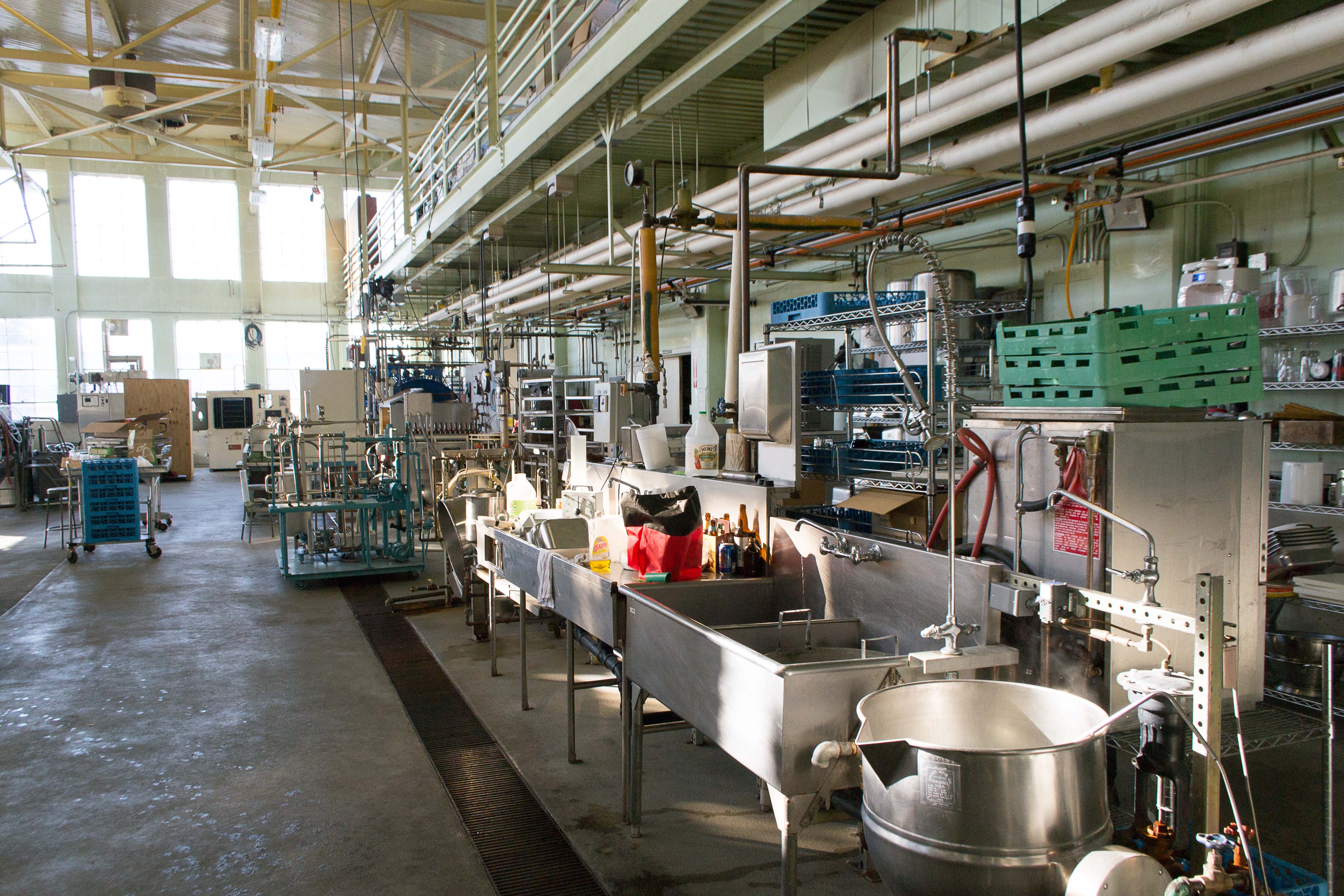
Photo from academic.microsoft.com
Rosemary (Rosmarinus officinalis L.) is a popular herb in cooking, traditional healing, and aromatherapy. The essential oils of R. officinalis were obtained from plants growing in Victoria (Australia), Alabama (USA),… Click to show full abstract
Rosemary (Rosmarinus officinalis L.) is a popular herb in cooking, traditional healing, and aromatherapy. The essential oils of R. officinalis were obtained from plants growing in Victoria (Australia), Alabama (USA), Western Cape (South Africa), Kenya, Nepal, and Yemen. Chemical compositions of the rosemary oils were analyzed by gas chromatography-mass spectrometry as well as chiral gas chromatography. The oils were dominated by (+)-α-pinene (13.5%–37.7%), 1,8-cineole (16.1%–29.3%), (+)-verbenone (0.8%–16.9%), (−)-borneol (2.1%–6.9%), (−)-camphor (0.7%–7.0%), and racemic limonene (1.6%–4.4%). Hierarchical cluster analysis, based on the compositions of these essential oils in addition to 72 compositions reported in the literature, revealed at least five different chemotypes of rosemary oil. Antifungal, cytotoxicity, xanthine oxidase inhibitory, and tyrosinase inhibitory activity screenings were carried out, but showed only marginal activities.
Journal Title: Foods
Year Published: 2017
Link to full text (if available)
Share on Social Media: Sign Up to like & get
recommendations!